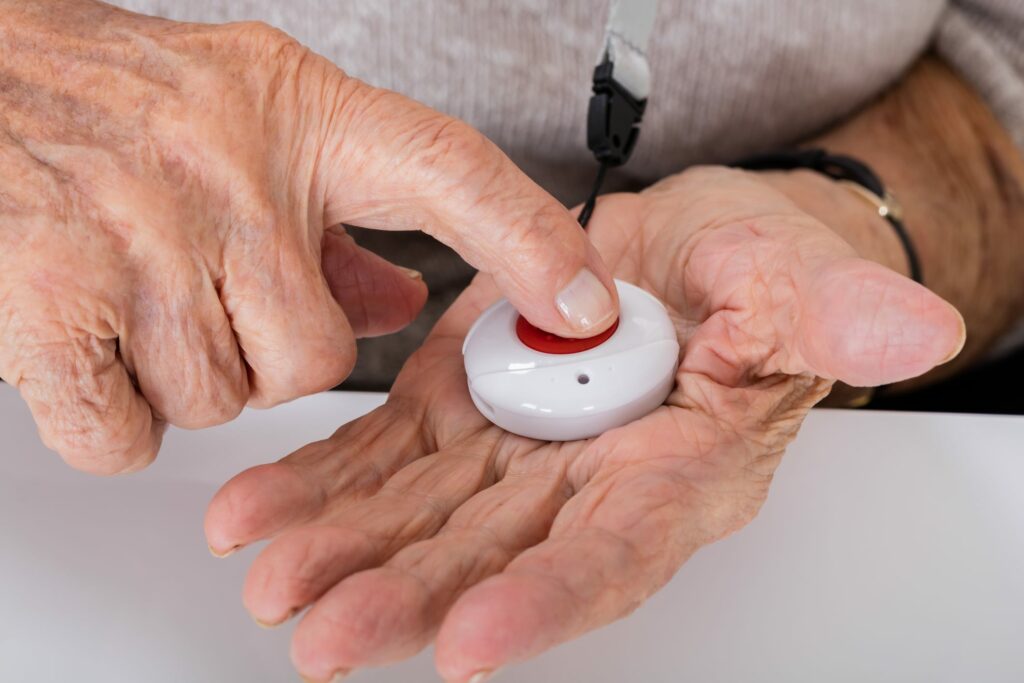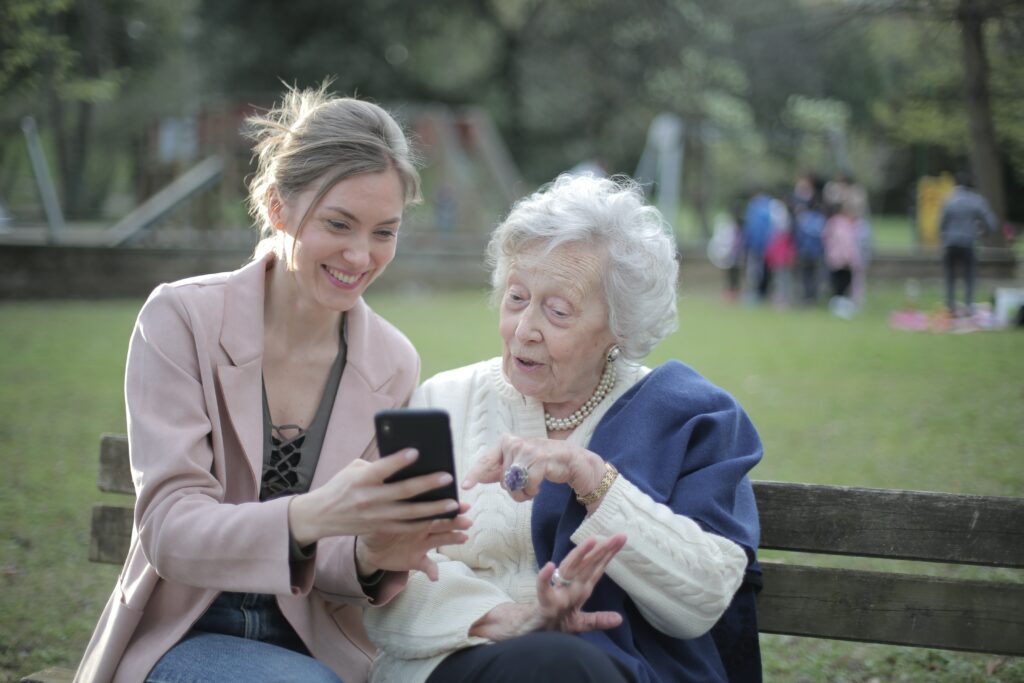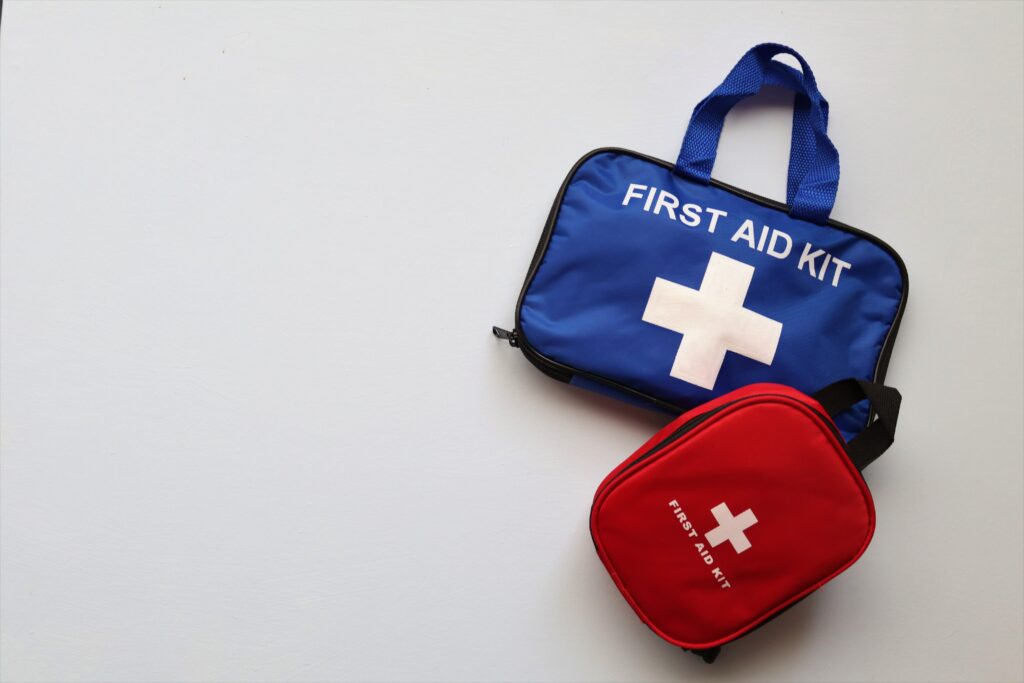Emergency Checklist For Seniors: What You Need To Know
Emergencies and disasters can occur anywhere, at any time, and typically when you least expect them. Are you and your family ready?
Do you have the most important things to help you live if you were in the midst of a natural disaster, such as a tornado, wildfire, snowfall, winter freeze, hurricane, or flood? Or what if you were on an expedition and something went wrong? How prepared are you?
These are just a few reasons to go over our emergency preparedness checklist and ensure you have all you need to keep your family and yourself ready for anything.
Best Way to Get Ready for an Emergency
The greatest time to get ready for an emergency is before it happens. The best approach to secure the safety of you, your family, and those you love is to make a survival plan in advance.
An integral element of your preparations is stocking emergency kits in your residence, vehicles, and place of business.Building your emergency kit is an option, but you can also jump-start your preparedness by buying a whole kit and adding personal things.
In either case, it is preferable to be prepared with an emergency kit to be without one when a potentially life-threatening emergency arises.
Essential Emergency Medical Supplies
Here are some essential emergency supplies to keep on hand and ready.
1. Water
Having a source of water is essential in the event of a natural disaster or another emergency. Prepare for several days and keep 1 gallon of water per person daily, advises Ready.gov. You can use the water for drinking, cooking, and hygiene needs.
2. Emergency Meals
- Tinned meats, fruits, and vegetables that are ready to consume
- Juices, milk, and soup in cans (if powdered, store extra water)
- Staples like salt, pepper, and sugar
- High-energy snacks like crackers, granola bars, trail mix, peanut butter & jelly, etc
- Vitamins
- Food for young children, the elderly, or anyone who needs a specific diet
- Foods that provide comfort and reduce stress include cookies, candies, sweet cereal, lollipops, and coffee or tea.
3. Medical supplies and first-aid supplies
- Sizes of sterile adhesive bandages are available.
- sterilized 2-inch gauze pads (4-6)
- sterilized 4-inch gauze pads (4-6)
- Hypoallergenic adhesive tape
- bandages in a triangle (3)
- sterilized 2-inch roller bandages (3 rolls)
- sterilized 3-inch roller bandages (3 rolls)
- Safety pins, tweezers, scissors, and a needle
- moistened paper towels
- Antiseptic
- Thermometer
- sunscreen, soap for cleaning, and petroleum jelly
- rubber gloves (2 pairs)
- Various non-prescription drug options
Tools and Equipment
- Matches, a compass, tape, and pliers in a water-resistant container
- Plastic bags, plastic storage containers, ties, and aluminum foil
- papers, pencils, whistles, and signal flares
- Flashlights and another lighting
- sanitary napkins, hand towels, soap, and liquid detergent
- feminine products and hygiene products
- a plastic container with a secure lid
Personal and Specialty Items
- Bottles, diapers, sippy cups, and infant formula
- milk in powder
- Medications
- additional eyewear or contact lenses
- Board games and novels are fun.
- A portable waterproof container should contain copies of important, relevant materials.
Disaster Preparedness Checklist
- Do you have a plan in place for managing emergency preparedness?
- Does your emergency preparedness and response program include a team leader?
- Do you frequently evaluate and revise your strategy, especially following an emergency or training?
- Have you listed the potential dangers your facility might encounter, their likelihood, and their consequences?
- Does your strategy outline what to do in the event of a particular emergency to help you be ready for any risk?
- Have you gotten in touch with the fire and police agencies in your area to find out more about their capabilities so that gaps between your requirements and what they can offer can be addressed and documented?
Related Article: Understanding First aid for Seniors: Emergency Response
Essential: Guarantee Efficient Disaster Response with the Direction of an Emergency Checklist
Why is it crucial?
Well-conceived emergency preparedness and response plans not only save lives and property, but they frequently also help resilience and post-disaster recovery by decreasing the effect of a disaster.
To reduce injury, loss of life, damage to property, and destruction of sensitive environments, cities, communities, and individuals threatened by natural or other hazards can act quickly and appropriately. It is made possible by preparedness efforts, early warning systems, and communication systems.
Sustainability may be realized if the community itself and local government appreciate the relevance of and need for local emergency preparedness and response.
How?
Develop and strengthen preparation plans.
- Develop and convey regular updates to your contingency and readiness strategies to all stakeholders. They may include law and order, supplying vulnerable populations with food, water, medical supplies, shelter, and staple items;
- The components of the larger emergency response “system,” including community members and volunteers, should undergo frequent training, drills, and exercises.
Enhance an early warning system.
- Create and implement detection, monitoring, early warning alert button, and associated communication systems that are efficient for all stakeholders and community organizations;
- Assure the interoperability of the emergency response system with neighboring nations, organizations, and localities.
Bolster emergency response capabilities in the city.
- To efficiently participate in readiness, response, and recovery activities, integrate risk reduction and emergency response with groups like engineers, contractors, etc.
- Ensure that a viable mechanism will exist for the rapid, rational, and transparent disbursement of funds after a disaster;
- Assign adequate funds for post-event response and recovery.
Final Thoughts
The procedure can spot some issues that can be proactively fixed or a lack of resources (equipment, qualified employees, supplies). An emergency plan raises awareness of safety issues and demonstrates dedication to everyone’s safety.
A solid disaster preparation strategy ensures that your loved ones are prepared for any event. According to Ready.gov, the strategy needs to cover several risks and situations. It is important to record procedures that could influence people, hazard prevention strategies, and what to do in an emergency that could result in injury.






